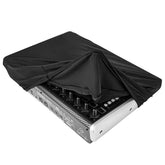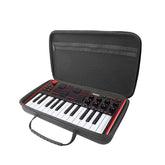Mastering Piano Practice: Key Strategies for Error Management
Researchers have found that practicing for a long time and playing well are not necessarily the same thing. Moreover, the number of times a piece is played correctly during practice is surprisingly unrelated to the final outcome. Instead, the more mistakes made during practice, the poorer the final performance tends to be. Those who have a higher proportion of correct plays during practice sessions tend to perform better in the final assessment.

From those who score higher, researchers have identified eight key practice characteristics:
✔ They quickly transition from single-hand exercises to both hands together.
✔ They show early signs of musical understanding through tone variations.
✔ They engage in reflective practice, pausing to look at the sheet music, hum, annotate, or vocalize understanding.
✔ They immediately stop to correct errors when they occur.
✔ Errors are promptly emphasized when they happen.
✔ The location and causes of each error are clearly identified, rehearsed, and corrected.
✔ Rhythmic variations in each performance segment are systematic, logical, and traceable.
✔ They repeat segments until errors are corrected and they can play them consistently, thus avoiding further mistakes in subsequent practice sessions and final assessments.

"How to Handle Errors" is the key among these characteristics.
Researchers have found that among the top three performers, the process of "how to handle errors" is crucial. The logic behind this is that the best pianists are not those who make fewer mistakes initially, making learning effortless. Rather, they effectively deal with mistakes to prevent them from recurring, resulting in a higher proportion of correct plays during practice.

In terms of specifics, how do they overcome errors? Some individuals practice hands separately, while others break the music into sections. However, regardless of the method, they all share one common feature: slowing down. The best performers, when making mistakes, hesitate, slow down, but continuously repeat until they stop at the point where the mistake occurred. This seems to help them challenge the problematic parts more accurately, piece together the corrected performance at a manageable pace, rather than continuously repeating mistakes without identifying the problem.






